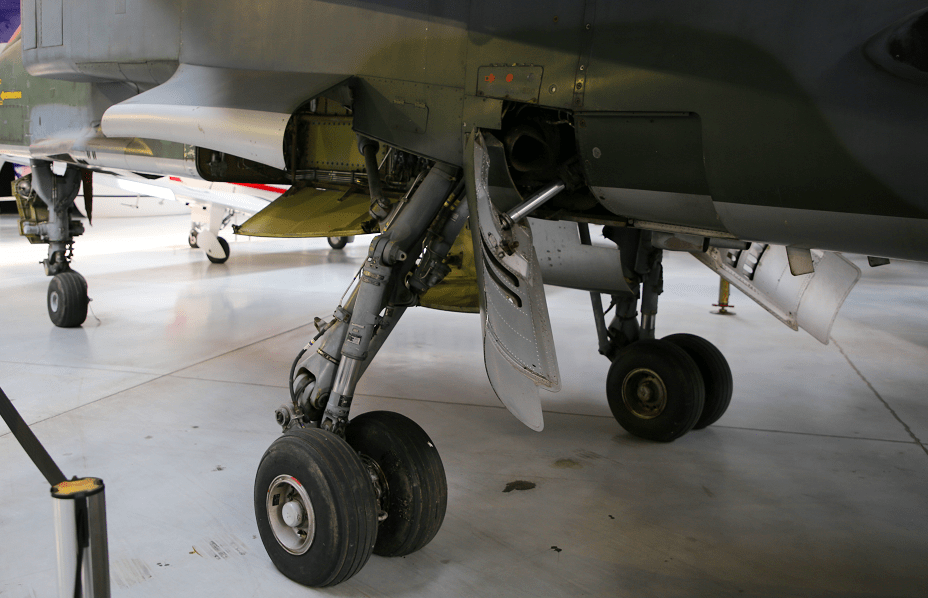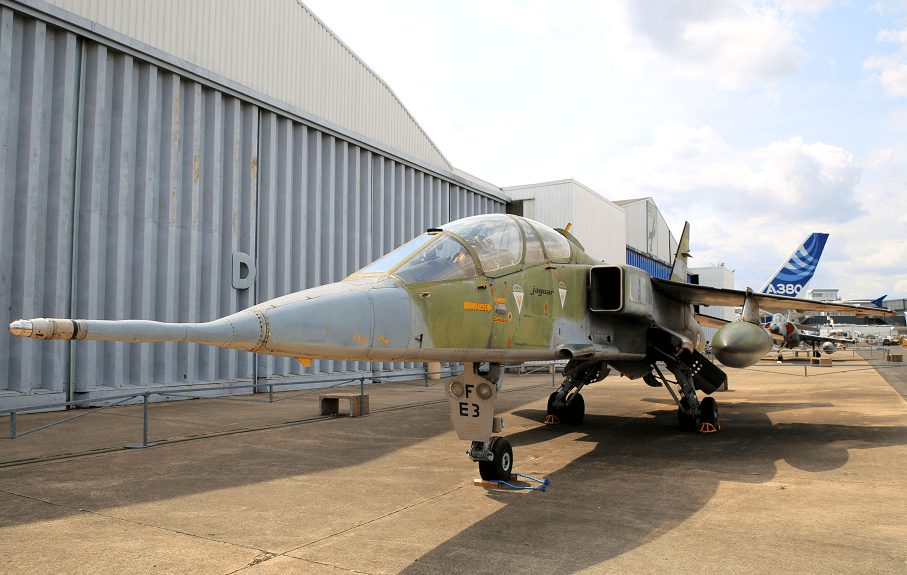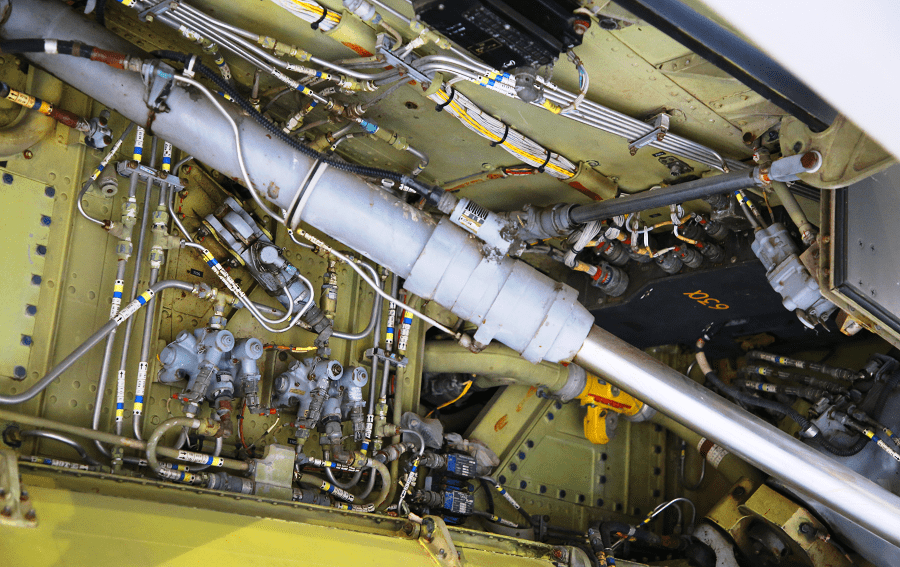SEPECAT Jaguar E
The Jaguar programme began in the early 1960s, in response to a British requirement (Air Staff Target 362) for an advanced supersonic jet trainer to replace the Folland Gnat T1 and Hawker Hunter, and a French requirement (ECAT or École de Combat et d’Appui Tactique) for a cheap, subsonic dual role trainer and light attack aircraft to replace the Fouga Magister, Lockheed T-33 and Dassault Mystère IV.
In both countries several companies tendered designs: BAC, Hunting, Hawker Siddeley and Folland in Britain; Breguet, Potez, Sud-Aviation, Nord, and Dassault from France. A Memorandum of Understanding was signed in May 1965 for the two countries to develop two aircraft, a trainer based on the ECAT, and the larger AFVG (Anglo-French Variable Geometry).
Cross-channel negotiations led to the formation of SEPECAT (Société Européenne de Production de l’Avion d’École de Combat et d’Appui Tactique – the “European company for the production of a combat trainer and tactical support aircraft”) in 1966 as a joint venture between Breguet and the British Aircraft Corporation to produce the airframe. Though based in part on the Breguet Br.121, using the same basic configuration and an innovative French-designed landing gear, the Jaguar was built incorporating major elements of design from BAC, notably the wing and high lift devices.
Production of components would be split between Breguet and BAC, and the aircraft themselves would be assembled on two production lines; one in the UK and one in France, To avoid any duplication of work, each aircraft component had only one source.
The British light strike/tactical support versions were the most demanding design, requiring supersonic performance, superior avionics, a cutting edge nav/attack system of more accuracy and complexity than the French version, moving map display, laser range-finder and marked-target seeker (LRMTS). As a result, the initial Br.121 design needed a thinner wing, redesigned fuselage, a higher rear cockpit, and after-burning engines. While putting on smiling faces for the public, maintaining the illusion of a shared design, the British design departed from the French sub-sonic Breguet 121 to such a degree that it was effectively a new design.
Previous collaborative efforts between Britain and France had been complicated – the AFVG programme ended in cancellation, and controversy surrounded the development of the supersonic airliner Concorde. Whilst the technical collaboration between BAC and Breguet went well, when Dassault took over Breguet in 1971 it encouraged acceptance of its own designs, such as the Super Étendard naval attack aircraft and the Mirage F1, for which it would receive more profit, over the Anglo-French Jaguar.
The Jaguar E is a two-seat training version for the French Air Force, two prototypes and 40 production aircraft built.
Manufacturer: Jaguar (UK) + SEPECAT (France)
First flight: 1968
Length: 16.83 m (55 ft 3 in)
Wingspan: 8.69 m (28 ft 6 in)
Height: 4.89 m (16 ft 1 in)
Engine: 2 reactors Rolls-Royce/Turbomeca Adour
Max speed: 1700 km/h (810 mp/h)
Range: 2900 km
Ceiling: 13 km (42,560 ft)
Armament: 2 DEFA cannons (30 mm) + 4 bombs (500 kg)
Bourget Museum (Paris, France) and Aeroscopia (Toulouse)


















